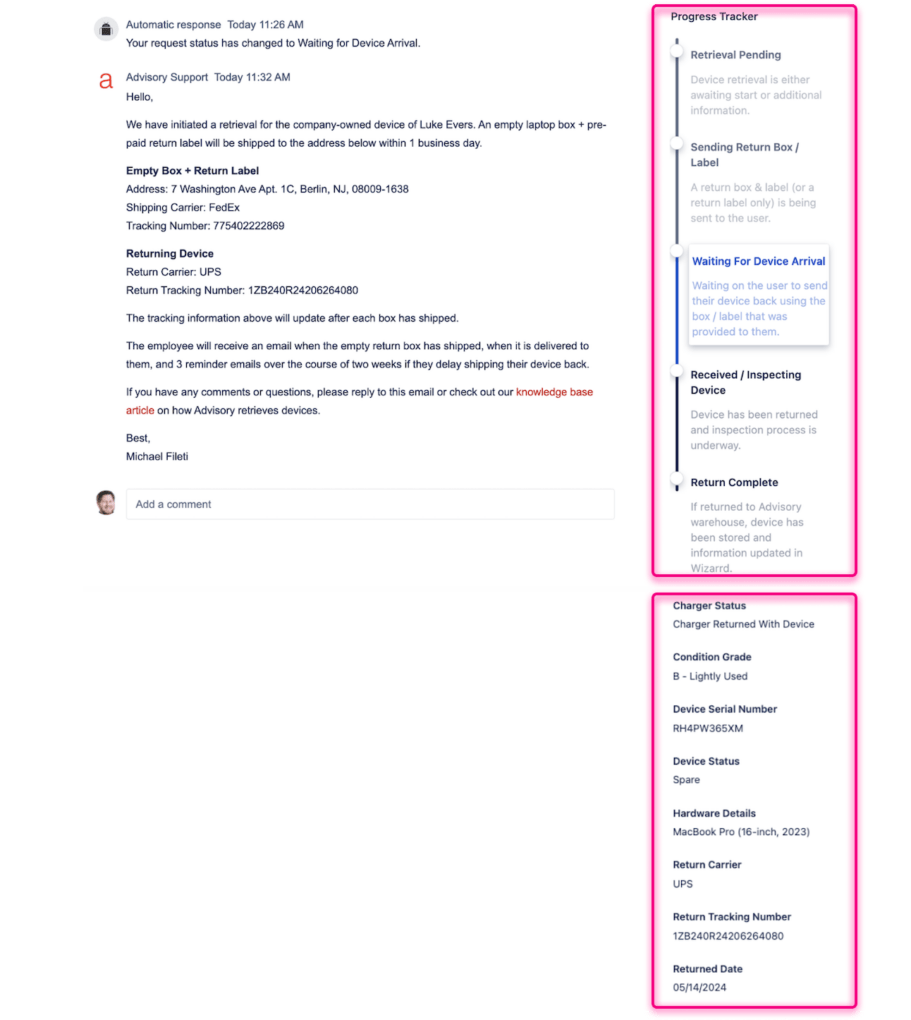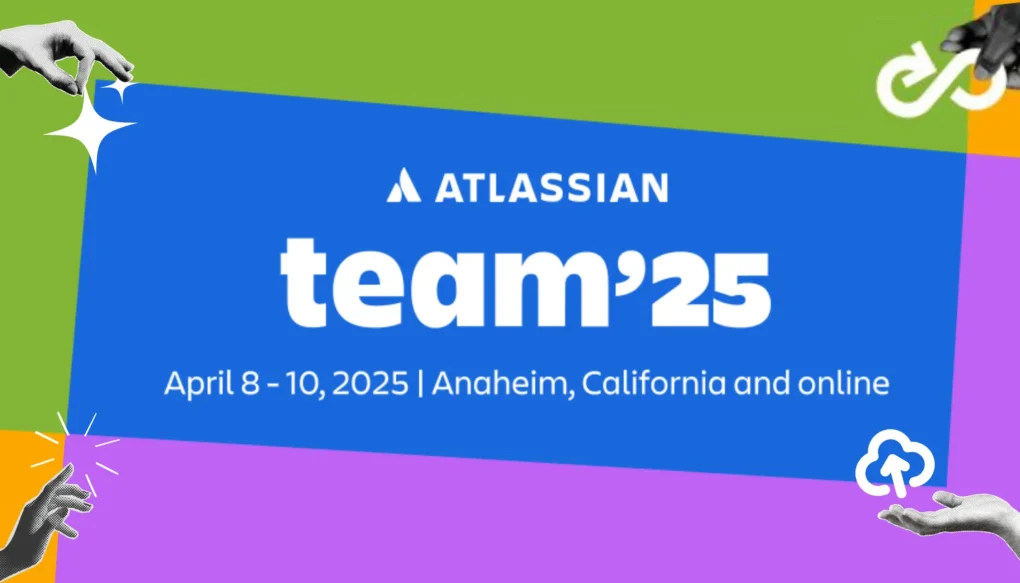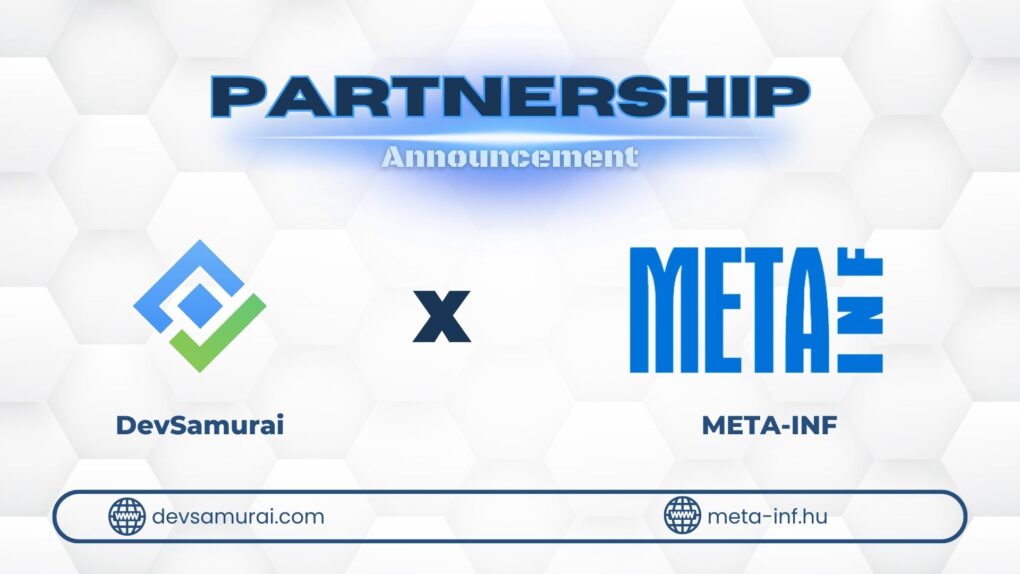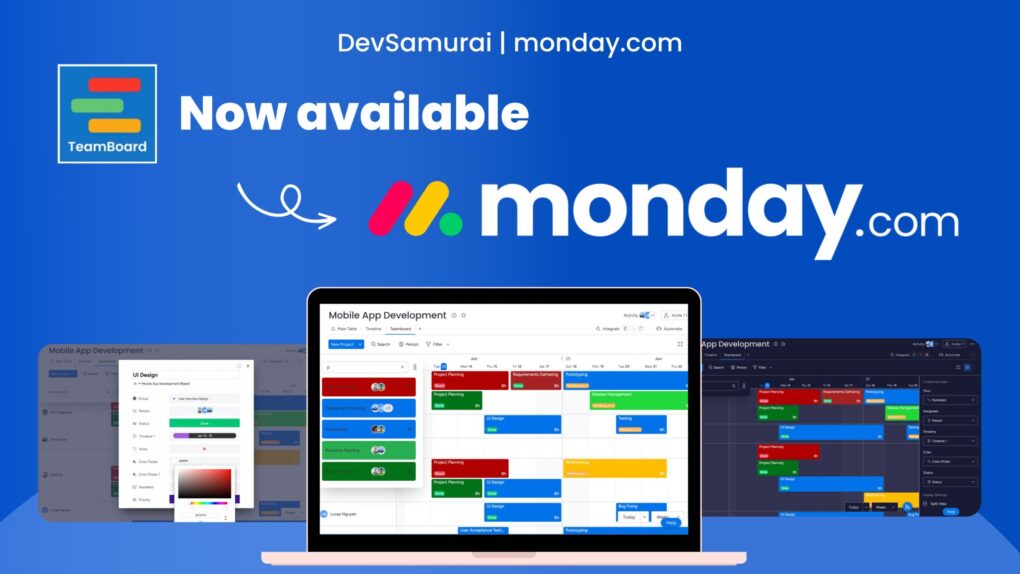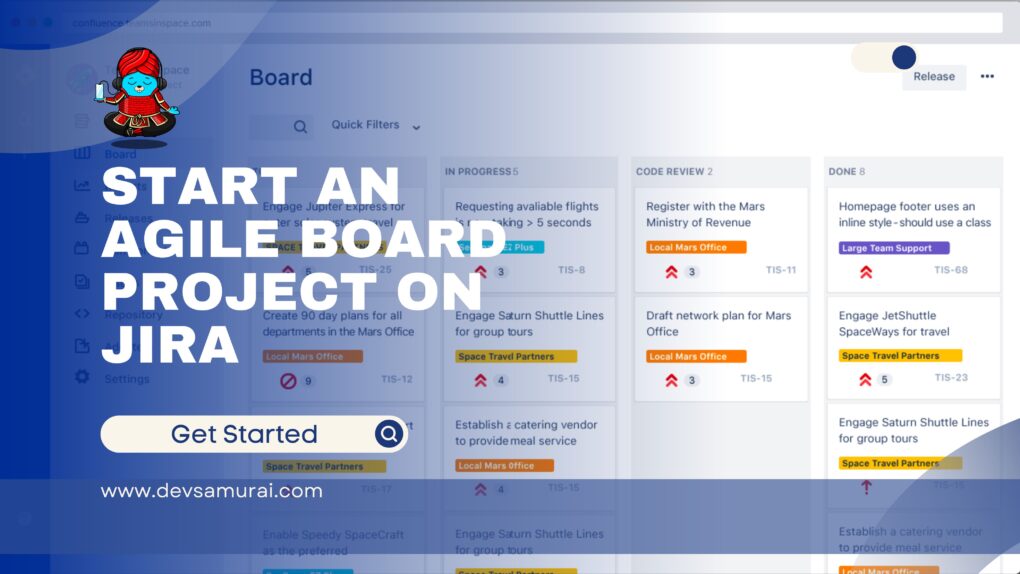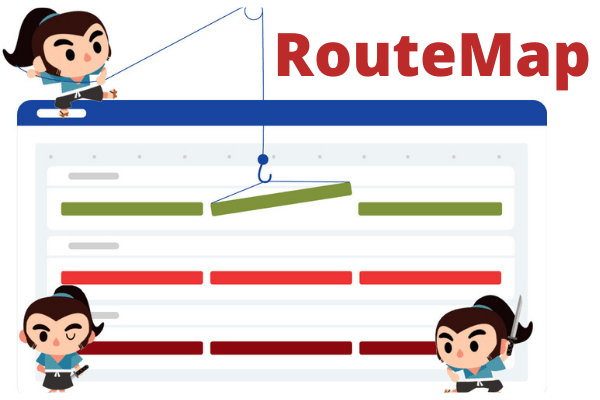Advanced incident communication is integral to incident resolution and management, and it appears to be as crucial as the rest of the framework. With tailored properly, the incident costs can be minimized, and agents stay focused on ticket resolution. How to improve communication on the customer-agent line to raise CSAT and change frustration into understanding?
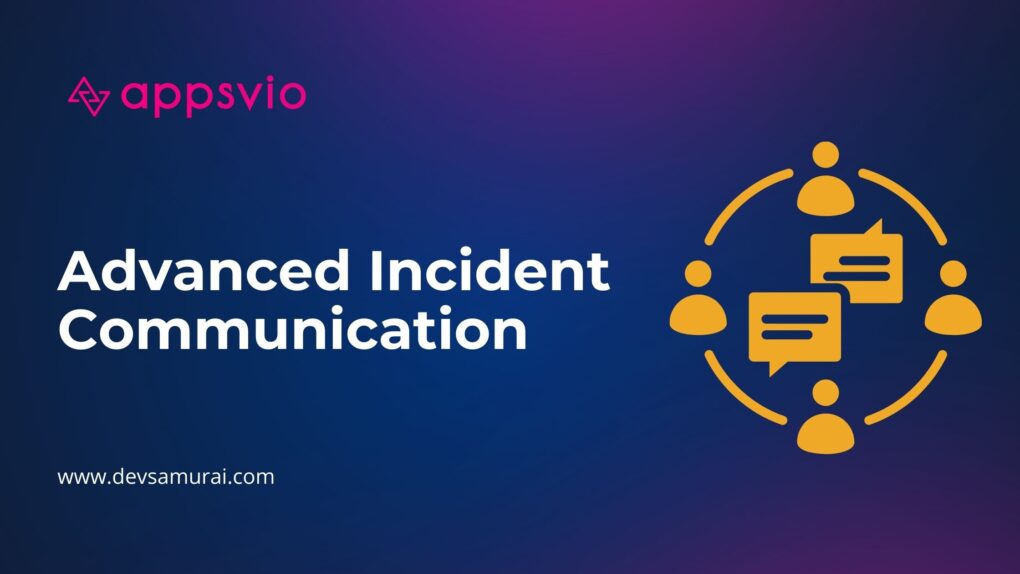
In this article, you will learn:
- What is incident communication
- What are agents’ pain points
- How to communicate with customers during incidents
- What are the 5 must-haves for advanced incident communication
What is incident communication?
Definition of incident communication
Incident communication refers to the strategies and tools used to facilitate effective communication between customers and support teams during incidents. This approach aims to enhance the customer support experience by ensuring clear, timely, and relevant information is provided throughout the incident resolution process.
Benefits of strategized incident communication
- Enhanced Customer Satisfaction – providing real-time updates about incident status reduces customer frustration and increases confidence.
- Faster Incident Resolution – clear communication minimizes repetitive queries, allowing for quicker resolution of issues.
- Cost Minimization – proactive communication helps avoid SLA breaches and reduces operational costs associated with prolonged incidents.
- Improved Agent Efficiency – structured communication lets agents focus on resolving issues, enhancing their productivity and job satisfaction.
Pain points faced by service desk agents in incident communication
Challenges agents face during incidents
Service desk agents encounter several challenges during incident management that impede their efficiency. Addressing these pain points with clear and consistent communication strategies is crucial for improving incident management and customer satisfaction.
Agents’ paint points:
- Lack of incident communication
- Information overload
- Back-and-forth interactions with customers
- Lack of clarity
- Siloed communication
- Inconsistent processes
Communication bottlenecks and their impact on agent-customer line
Communication bottlenecks can significantly disrupt the agent-customer interaction, leading to frustration on both sides. Customers’ frustration levels rise when they lack essential information about their issues.
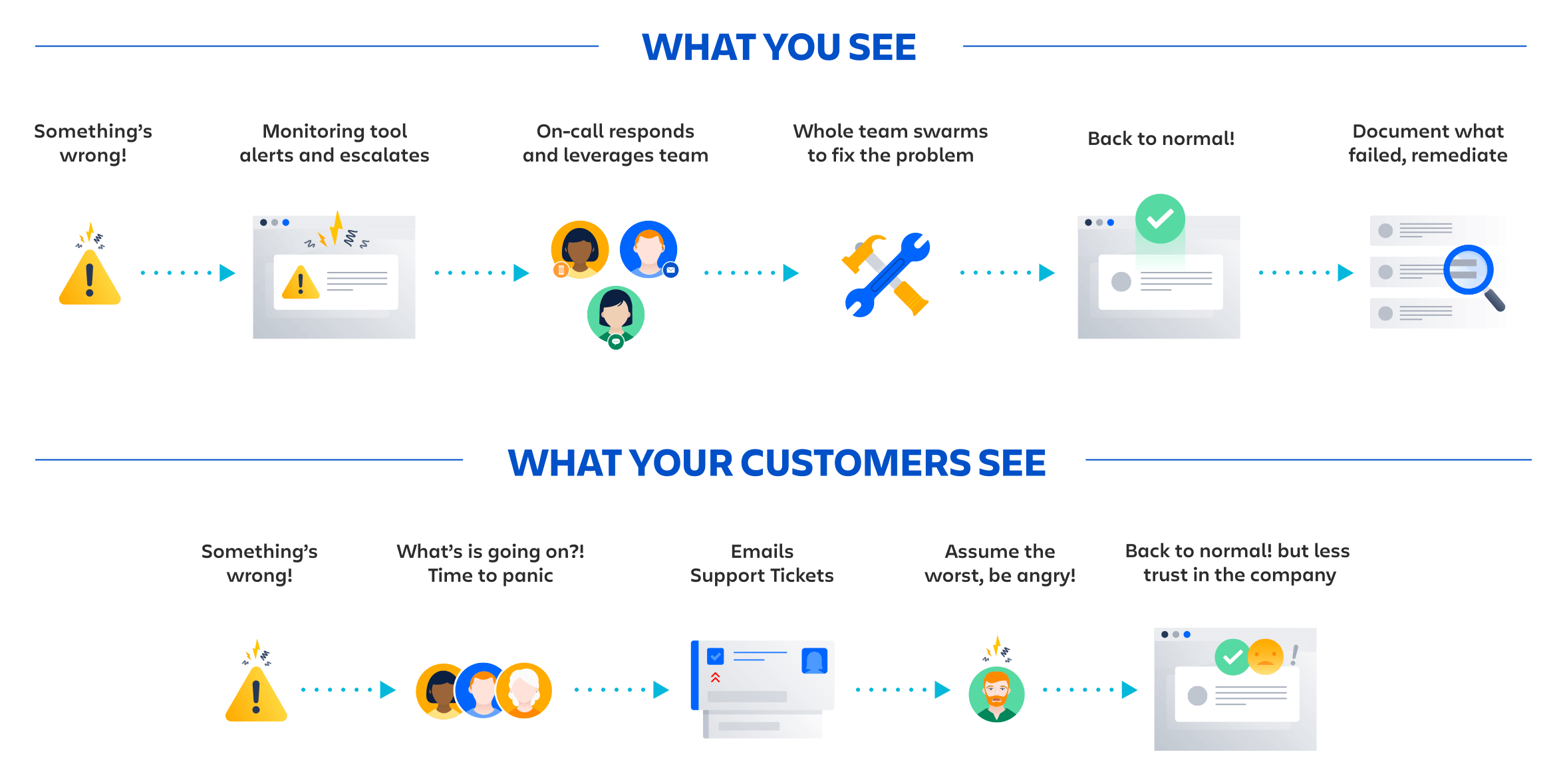
Source: Atlassian
This lack of clear and proactive communication can transform a manageable incident into a source of panic and anger. We can alleviate these frustrations and improve overall satisfaction by ensuring transparent and timely communication.
Advanced incident communication strategy
Incidents happen – you can’t avoid them – but bad reviews travel faster than good ones. Incidents generate costs, so focusing on resolution is better than answering burning questions. That’s why we need a proactive approach and strategized incident communication.
Of course, in native Jira Service Management options, you can use queues and request types to order work. Correctly setting SLA also helps, but agents’ pain points remain. But let’s go beyond that.
5 tips every service desk agent should follow
1. Self-service portal: Allow customers to do more customer actions
Empower your customers by allowing them to perform more actions after submitting a request through a self-service portal. Enable them to edit requests if there is an update or mistake, escalate tickets for urgent issues, or save tickets as drafts while waiting for additional information from a manager.
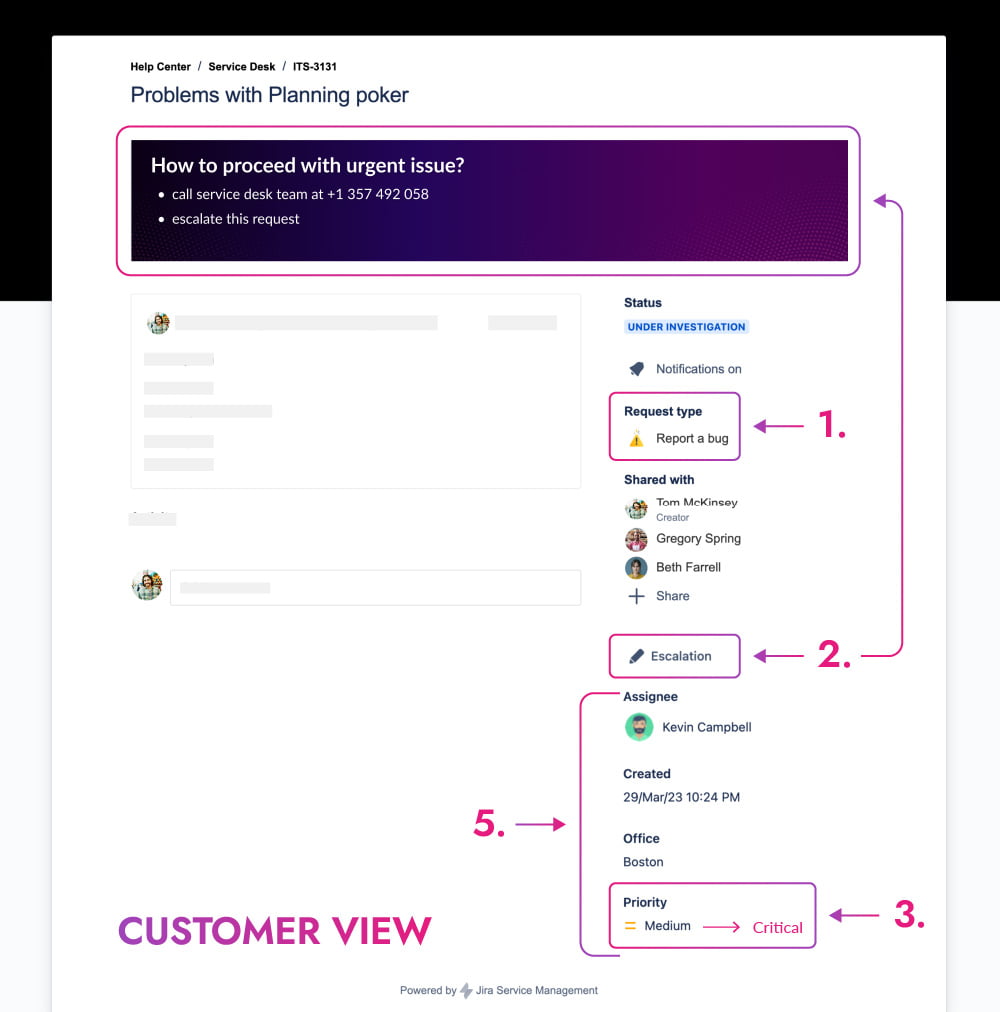
Here, you can see the escalation process that allows customers to show the ticket’s urgency, and the status is automatically changed to Escalated as step no. 4 in the ticket visible in the agent queue.
2. Ticket life cycle: Show customers the ticket stage and how much is left
Just like Amazon provides a tracking link to show the status of your order, you should show customers the stage of their ticket and how much progress remains. With Request steps, you offer clear, automatic updates by displaying request types and matching resolution statuses with steps in the request details view. This transparency reduces the need for customers to make calls, comments, or emails.
3. Inform customers fully: Display MORE on the request details view
Show customers more detailed information on the request details view. If a ticket is linked to another or blocked by a larger issue, displaying this information helps customers understand the situation better. Knowing that others are affected, too, can provide context and reduce frustration. This approach minimizes unnecessary questions and increases transparency.
Story of customer: Advisory Solutions using request types and additional field value.
4. Inform customers in advance
Providing customers with timely and relevant information is invaluable. It saves time, fosters a sense of being taken care of, and is crucial for efficient incident communication. While this can be tricky and time-consuming, announcement banners simplify the process: they can be scheduled, connected with ticket status, automatically disabled, and more.
All above steps are possible with one solution that we recommend: Feature Bundle for Jira Service Management
5. Status page with live incident reports
If you track Atlassian incidents, you are likely familiar with the Statuspage—a separate tool designed to inform users and customers about ongoing incidents. A status page offers real-time updates on the operational status of various services and systems, ensuring that customers are always aware of any disruptions or maintenance activities affecting their experience.
However, each incident must be added manually, providing a clear and direct line of communication. This approach is particularly beneficial for large instances and big organizations where advanced customer care might not be feasible. It remains an effective communication method despite not being integrated into your portal or connected with customer tickets.
To sum up, those 5 steps that lead to effective incident communication, your customer portal should look like this:
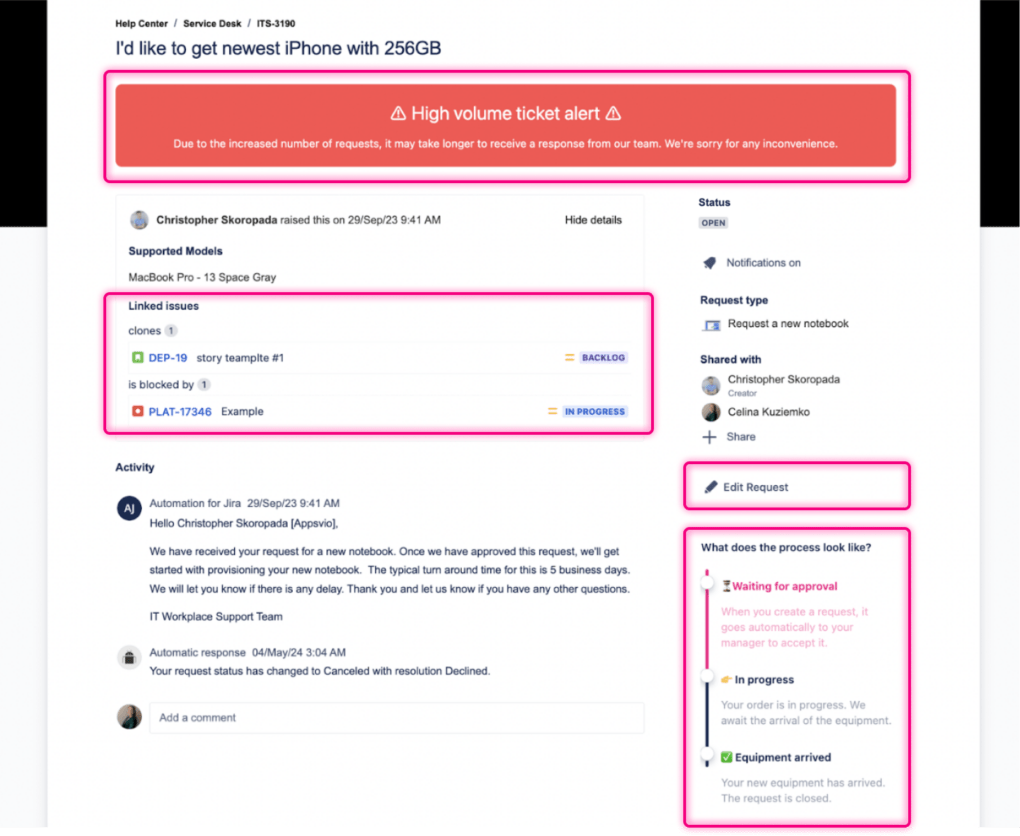
- Edit request is allowed on the request details view
- customer can see what stage the ticket is and how much is left to resolution
- linked issues or blocked issues are displayed to explain customer incident complexity
- announcement banner warns in advance about current circumstances.
Conclusion: The Importance of Advanced Incident Communication
Advanced incident communication means staying proactive throughout the request life cycle. It is crucial for effective incident resolution and overall customer satisfaction. Incident communication works both ways, and cooperation between agents and customers is crucial to successful resolution.
Organizations can significantly minimize incident costs, improve agent efficiency, and transform customer frustration into understanding by implementing strategies that ensure clear, timely, and comprehensive communication. Ultimately, a well-structured communication strategy enhances the customer support experience and fosters a more efficient and focused resolution process, benefiting both customers and service desk agents.
Key takeaways
- Information is priceless – make sure everybody is well-informed
- Advanced incident communication leads to minimizing the costs of resolution
- The service desk portal is a single touchpoint with agents, and it should be a one source of truth – with all relevant information like linked issues, request steps, and more.
- Customers should conduct more actions in controlled scenarios – create a self-service portal with more customer actions like escalation, draft tickets available
- Proactive communication minimizes additional questions, and agents can focus on the resolution
Create an advanced incident communication in your organization and see the results for yourself.

